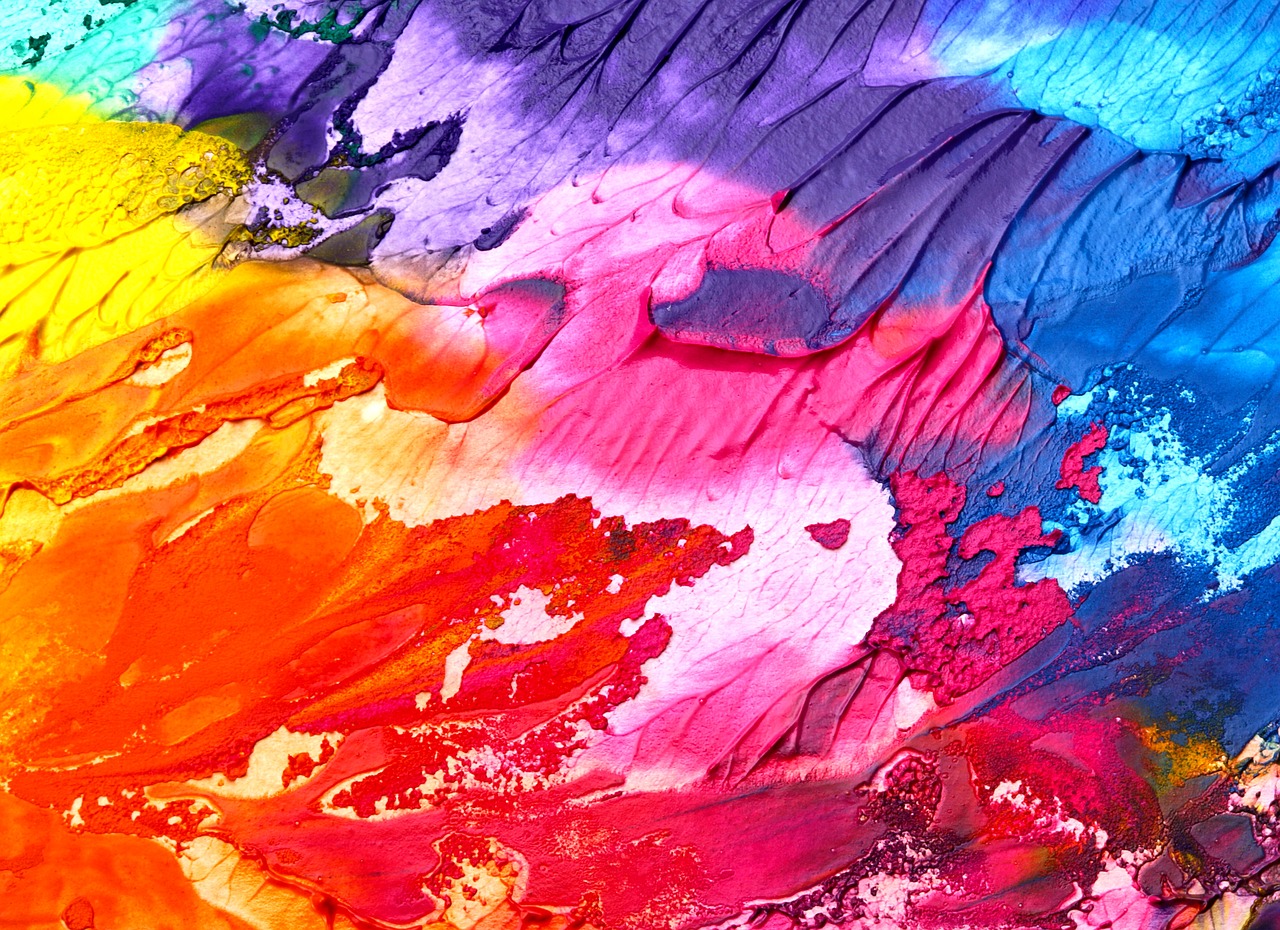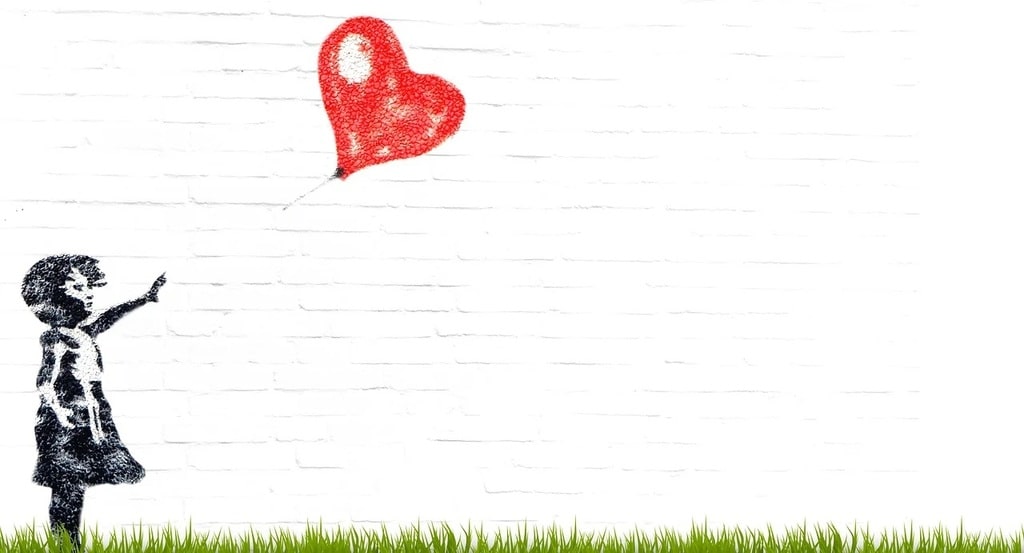Creativity is often seen as a mysterious and elusive force, but in the realm of modern art, it takes on vivid and varied forms that challenge traditional boundaries. The power of modern art lies in its ability to transcend established norms, offering fresh perspectives on both the world and the individual. As artists experiment with new materials, techniques, and concepts, they invite audiences to rethink what art is and what it can achieve. This exploration of creativity through modern art provides a fascinating window into human expression, where the limits are not defined by rules but by the scope of imagination.
Unlocking the Boundaries of Modern Art Creativity
Modern art, in its essence, is a form of expression that continuously pushes the boundaries of creativity. It breaks away from classical methods and emphasizes abstract concepts, the human experience, and deep emotions. Artists in this field often engage in thought-provoking work, encouraging the audience to find meaning beyond what is visible. The diversity of techniques and materials used in modern art exemplifies the endless potential of creative exploration.
A key aspect of modern art is the shift from realism to abstraction. This transition allows artists to express ideas and emotions that might be impossible to capture through traditional representation. Abstract art, for example, emphasizes shapes, colors, and forms that evoke feelings rather than depicting reality. The work of artists like Jackson Pollock, who revolutionized the use of paint splatter techniques, or Mark Rothko, known for his large canvases of color fields, demonstrates how modern art invites viewers into a deeply personal interpretation of each piece.

Techniques That Encourage Creative Freedom
Modern art is unique in the way it embraces unconventional techniques. Artists often use materials that diverge from the classic paints and canvases of the past. Today’s creators experiment with everything from digital tools to found objects, incorporating them into works that may take the form of installations, performances, or mixed media creations. This freedom allows the artist to explore creativity in new and often surprising ways.
Some of the techniques that define modern art include collage, where pieces of paper, photographs, and other materials are combined to create a new image. Others focus on the manipulation of light, sound, or digital pixels, opening up further avenues of expression. Artists use these techniques not only to express themselves but also to question societal norms, environmental issues, and personal identity.
The Role of Innovation in Modern Art
Innovation is at the heart of modern art. The drive to explore uncharted territory is what separates modern art from its predecessors. Artists in this genre constantly look for new ways to interpret their surroundings and inner experiences. This often leads to groundbreaking work that challenges traditional artistic conventions.
A particularly interesting aspect of modern art is the inclusion of new technologies. Digital art, for instance, has created entirely new mediums for artists to explore. Virtual reality, augmented reality, and artificial intelligence are now tools for modern artists, giving birth to art forms that were unimaginable a few decades ago. These innovations not only enhance creativity but also redefine the way art is experienced by audiences.
Exploring Creativity Through Different Perspectives
Creativity in modern art often goes beyond the artist’s personal vision—it invites viewers to actively engage with the work. Many pieces in modern art require the audience to think, question, and interpret. This interaction between the artwork and the viewer is part of the creative process. As a result, modern art often becomes a shared experience, where the audience plays a role in shaping the meaning of the piece.
In some cases, modern art installations challenge the viewer’s perception of space, such as immersive environments where one can physically walk through the artwork. These experiences transform spectators from passive observers to active participants, breaking the conventional divide between artist and audience.
Forms of Modern Art That Foster Creativity
Modern art encompasses a wide array of forms, each contributing uniquely to the creative landscape. Some of the most prominent include :
- Abstract Expressionism: characterized by spontaneous and dynamic techniques, where the focus is on the act of creation itself rather than on representing a particular subject.
- Minimalism: emphasizing simplicity, minimalism uses fewer elements to make a bold statement, relying on form, color, and space to evoke reactions.
- Conceptual Art: focusing more on ideas than on aesthetics, this form often requires viewers to engage deeply with the underlying messages of the work.
- Performance Art: here, the artist’s body and actions are the medium, creating a live experience that cannot be replicated in the same way twice.
These forms offer artists numerous ways to explore and express their creativity, continuously expanding what is possible within the realm of art.
Shaping the Future of Artistic Expression
Modern art is not static. It evolves as society changes, embracing new ideas, cultures, and technologies. Artists working today are shaping the future of creativity by building on the foundations laid by their predecessors while exploring their own paths. This constant reinvention is what keeps modern art relevant and exciting.
In the years to come, the boundaries of modern art will likely continue to expand. Artists will find new ways to engage with their audiences, and creativity will be explored through even more innovative forms and mediums. Whether through virtual experiences or interactive installations, the future of modern art holds endless possibilities.
By embracing these new techniques and perspectives, modern art becomes a celebration of the human ability to think, create, and express without limits.
